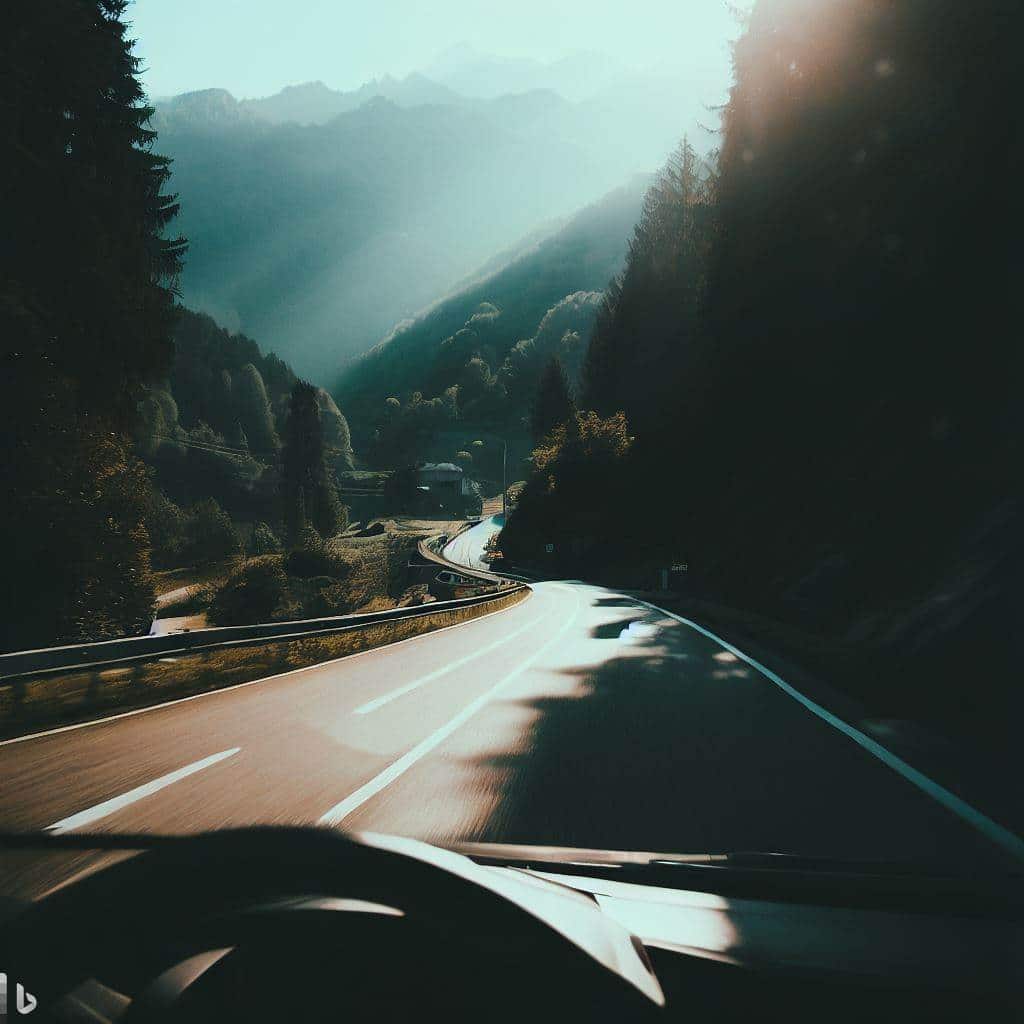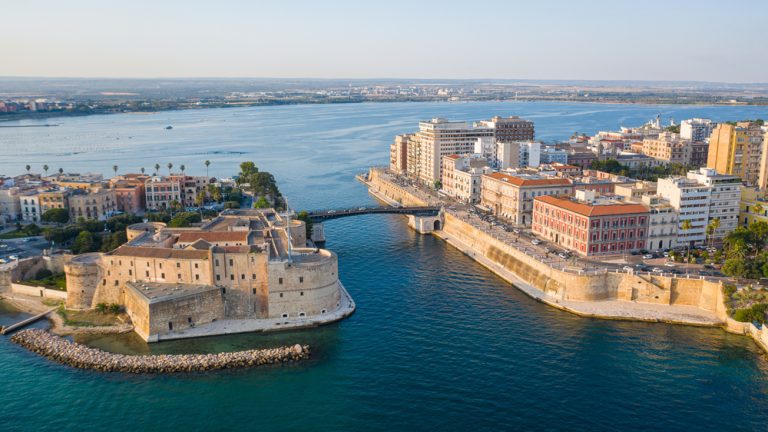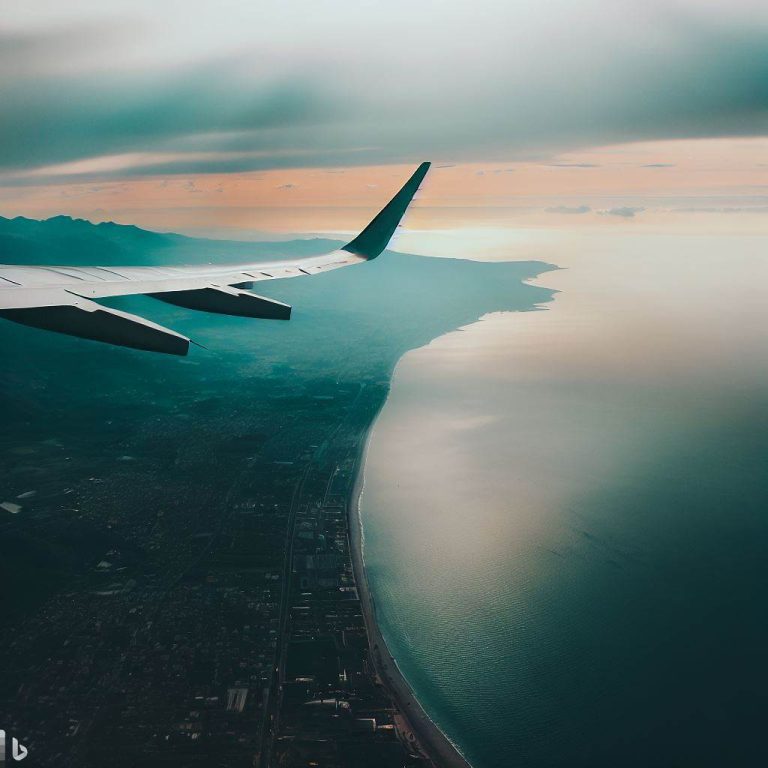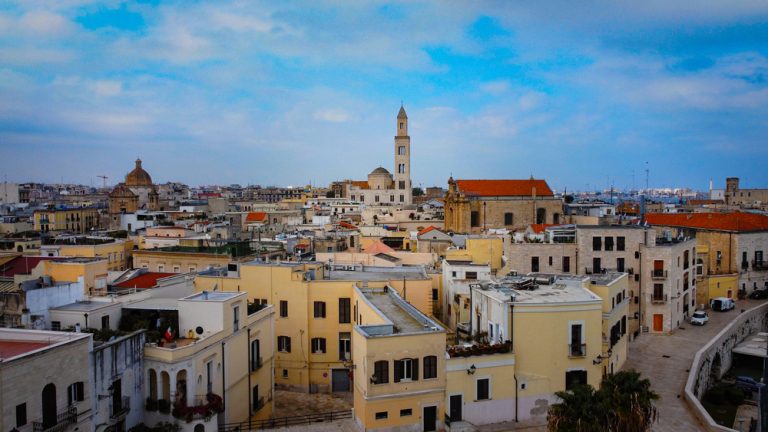Is It Worth Taking the Wheel? Driving in Italy Explained!
Ever thought of navigating the poetic landscapes of Italy but stumbled upon the question: “Is it easy to drive in Italy?” Fear not, fellow adventurer! By the end of this piece, you’ll be revving up for an Italian road trip of a lifetime.
Driving in Italy can be a unique experience for tourists, especially for those from the US. In general, driving in urban areas like Rome or Milan can be challenging due to traffic and narrow roads, but the countryside offers a more relaxed experience. For the first-timer, adjusting might take a bit, but with the right preparation, it’s a journey worth taking.
But wait, there’s more! Join me as I take you on the road less traveled, revealing the highs, lows, and hilarious hiccups of Italian driving!
The Allure of Italian Roads: Why You Might Want to Drive Here
It’s no surprise that Italy boasts some of the world’s most scenic drives. From the cliff-hugging routes of Amalfi Coast to the rolling hills of Tuscany, every turn presents a postcard moment. But while the views are splendid, the question remains: Is it hard to drive in Italy as a tourist?
If you’re an American, certain aspects might feel alien. Firstly, they do drive on the right in Italy, just like in the US, so that’s a relief. However, manual cars dominate the scene, so if you’re more comfortable with automatic, ensure you specify this when renting. Is it safe to drive in Italy as a tourist? Absolutely! Just make sure you’re aware of the local traffic rules, always have your IDP (International Driving Permit) with you, and be prepared for unexpected stops – like pausing to admire a picturesque vineyard.
And while we’re on the topic of sustainable travel, remember to carpool if possible and consider renting hybrid or electric vehicles. It not only reduces your carbon footprint but also lets you experience the country responsibly. Also, who can resist the charm of breezing through the Italian countryside in a silent electric car, only interrupted by the occasional “Mamma mia!”?
MORE INFO:
Essential Italian Road Rules: Navigating Italy with Confidence!
Driving in Italy is a thrilling experience, blending the country’s rich history with its contemporary road culture. But before you embark on your Italian adventure, it’s important to get acquainted with the main road rules to ensure a smooth journey. Here they are:
- Drive on the Right: Just like in the U.S., Italians drive on the right side of the road. Remember this especially when entering roundabouts or making turns.
- Speed Limits: These are typically:
- 50 km/h (31 mph) in cities and populated areas
- 90 km/h (56 mph) outside urban areas
- 110 km/h (68 mph) on major roads
- 130 km/h (81 mph) on the autostrada (motorway/freeway)
- Seat Belts: It’s mandatory for all passengers, both in the front and back seats, to wear seat belts.
- Alcohol Limit: The blood alcohol limit is 0.05%. However, for new drivers with less than three years of driving experience, the limit is 0.00%. If you’re planning to have a glass of Italy’s famed wine, make sure you have a designated driver.
- Children in Cars: Children under 12 years of age must sit in the back and use an appropriate child seat or restraint.
- Mobile Phones: Using a mobile phone without a hands-free system is prohibited. If caught, you’ll face a hefty fine.
- Zona Traffico Limitato (ZTL): Many Italian cities have zones where traffic is limited (ZTLs). Be vigilant for signs that indicate these zones to avoid substantial fines.
- Roundabouts: Vehicles already in the roundabout have the right of way. However, be cautious as this rule isn’t always followed strictly.
- Emergency Kit: It’s mandatory to have a reflective vest and a warning triangle in your vehicle. In case of a breakdown, you should wear the vest before stepping out.
- Parking: Blue lines on the road indicate paid parking, while white lines indicate free parking. Yellow lines typically mean reserved or restricted parking. Also, many cities require a “disco orario,” a cardboard clock displayed in your car showing your arrival time, in free parking zones with a time limit.
- Headlights: It’s mandatory to keep your headlights on outside of populated areas, even during the day. On the autostrada, you should always have your headlights on.
- Tolls: Many motorways in Italy are toll roads. You’ll take a ticket when entering and pay when exiting, based on distance traveled. Payment can be in cash, card, or using electronic devices like “Telepass.”
- Documentation: Always have your driving license, car registration, and insurance documents handy. If you’re a non-EU driver, an International Driving Permit (IDP) is recommended.
- Overtaking: Overtake other vehicles from the left. If someone behind you wants to overtake, it’s customary (though not obligatory) to move to the right to let them pass.
- Pedestrian Crossings: Give way to pedestrians at zebra crossings. In many places, even if cars in one lane stop for a pedestrian, those in the other lane might not.
Knowing these rules will not only keep you compliant with Italian laws but will also enhance your driving experience in this beautiful country. So, buckle up, adjust your mirrors, and embark on your Italian road trip! Safe travels!
Finding Your Spot: Navigating Parking in Italy’s Bustling Cities
Ah, Italy! Home to unparalleled art, mouth-watering cuisine, and… tricky parking? Navigating parking in Italy’s major cities can feel like participating in a grand prix of patience. But with the right pointers, you’ll be parking like a local in no time! Here’s your guide:
1. Beware of the ZTLs (Zona Traffico Limitato):
- These are restricted traffic zones in most historic city centers.
- Unauthorized vehicles entering can result in hefty fines.
- Look out for signs with a white circle and red border indicating these zones.
- Some cities allow tourists to enter ZTL zones after registering their vehicle’s number plate. Check city-specific regulations.
2. Blue Lines = Paid Parking:
- These zones usually require payment from 8am to 8pm (but always check the local signs).
- Tickets can be purchased from nearby machines (“Parcometro”) and displayed on the dashboard.
- Pricing varies, but expect higher rates in the city center.
3. White Lines = Free Parking:
- Ah, the coveted white lines! These spots are free, but they’re also rare gems, especially in the city’s heart.
- Some areas, though free, have a time limit. A “disco orario” or parking disc may be required to indicate your arrival time.
4. Yellow Lines = Special Parking:
- These are reserved for specific categories like residents, disabled drivers, or delivery vehicles. Avoid these unless you fit the criteria.
5. Parking Garages:
- Often referred to as “Parcheggio,” these are a safer and more convenient option, especially for longer stays.
- They’re scattered around the city and usually indicated with a blue “P” sign.
- While costlier, they reduce the stress of finding street parking.
6. Utilize Park & Ride Facilities:
- Located on the outskirts of many major cities, these allow you to park your car and then use public transport to enter the city. Economical and eco-friendly!
7. Be Prepared for Parallel Parking:
- Many spots, especially in older parts of the cities, require parallel parking skills. Brush up on this if you’re rusty!
8. Respect Pedestrian Zones:
- Numerous Italian cities have pedestrian-only areas. Avoid parking here or face fines.
9. Keep Spare Change:
- While many modern parking machines accept cards, it’s wise to keep coins on hand for older models.
10. Mobile Apps:
- Use parking apps like “MyCicero” or “EasyPark” to locate parking spots or pay parking fees digitally.
Parking in Italy’s major cities is undoubtedly an art form. With a bit of foresight, patience, and these handy tips, you’ll master it, leaving you more time to sip that espresso and marvel at Italy’s splendors. Remember, as the Italians say, “Dove c’è amore, c’è vita” – Where there’s love, there’s life. So, love the journey, including the parking adventures!
Zipping Through Zona Traffico Limitato (ZTL): A Warning!
One common hiccup for tourists is unknowingly entering a ZTL (restricted traffic zone). If you do so without proper authorization, you’re looking at hefty fines. My advice? If you see a sign with a white circle and a red border, steer clear!
Engaging with the Locals
If you ever find yourself lost or need advice, Italians are incredibly friendly. Just a simple “Scusi, can I drive in this area?” will garner you all the assistance you need. Plus, diving deep into the local culture and language is part of the adventure!
Italian Phrases for Smooth Navigation
Navigating the sun-kissed roads of Italy sounds dreamy until you realize you’ve forgotten one crucial detail – the language! We’ve all been there: confidently taking the wheel, only to be stumped when needing to ask simple questions. But fear not, dear traveler. Armed with a list of essential on-the-road Italian phrases, you’ll not only ease your way through those picturesque streets but also earn some appreciative nods from the locals. So buckle up, put on your best Italian accent, and let’s hit the road linguistically prepared!
- Quanto costa il parcheggio? – How much does the parking cost?
- La strada è chiusa? – Is the road closed?
- Dove si trova l’autostrada più vicina? – Where is the nearest highway?
- Ho bisogno di aiuto con la mia auto. – I need help with my car.
- Quanto tempo ci vuole per arrivare a…? – How long does it take to get to…?
- Posso avere una mappa della città? – Can I have a city map?
- C’è molto traffico sulla strada? – Is there a lot of traffic on the road?
- Dove posso comprare un biglietto per il parcheggio? – Where can I buy a parking ticket?
- È sicuro parcheggiare qui durante la notte? – Is it safe to park here overnight?
- La mia macchina non si avvia. Può aiutarmi? – My car won’t start. Can you help me?
Imagine smoothly navigating the winding roads of Italy, all while casually dropping these phrases. Not only will you feel more confident, but you’ll also probably get a few smiles for your efforts. As we say, “Chi viaggia impara” – He who travels, learns. And you, my friend, are mastering the art beautifully!
Conclusion
Ready to embark on your Italian road adventure? If you found this guide helpful and are eager to dive deeper into the wonders of Italy, don’t forget to join our community at www.facebook.com/groups/italyplanyourjourney/. Share your stories, seek advice, or simply soak in the charm of Italy with fellow enthusiasts.
Arrivederci, and remember: in Italy, every journey is a story waiting to unfold!







